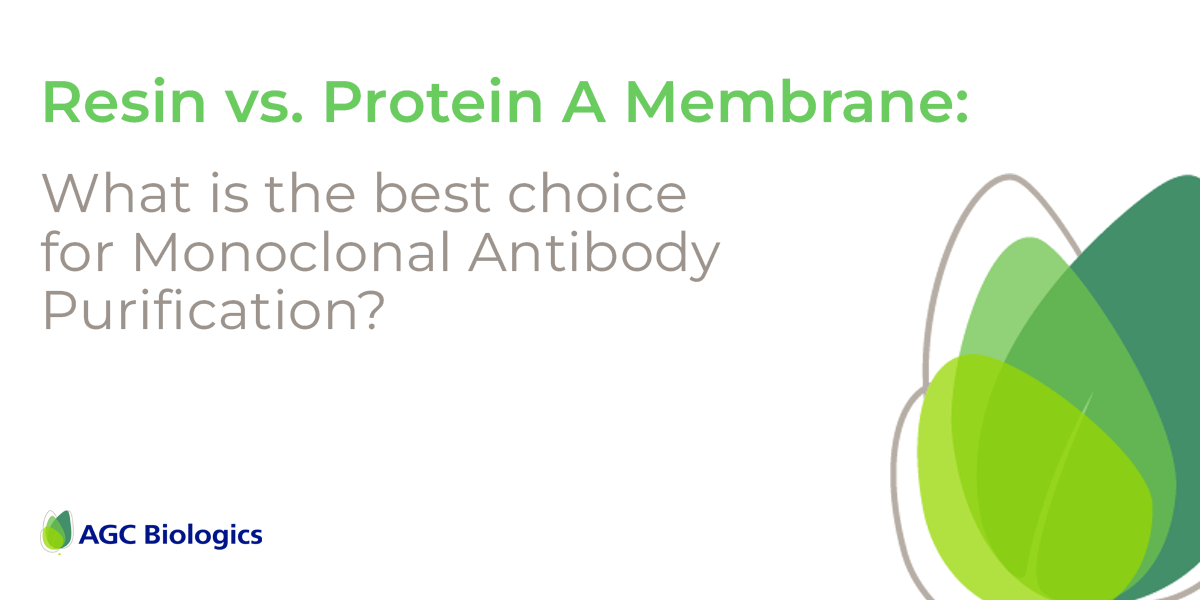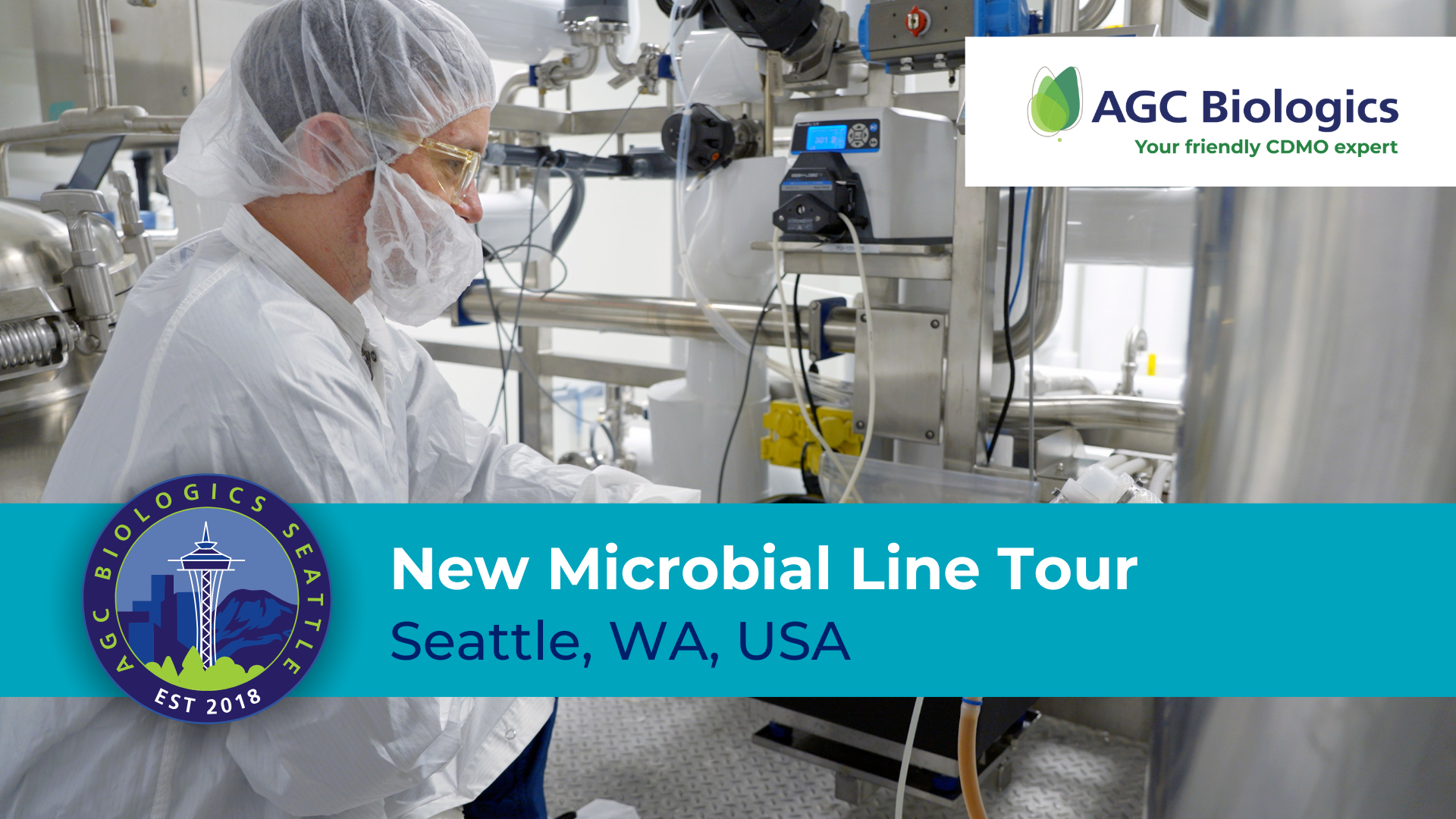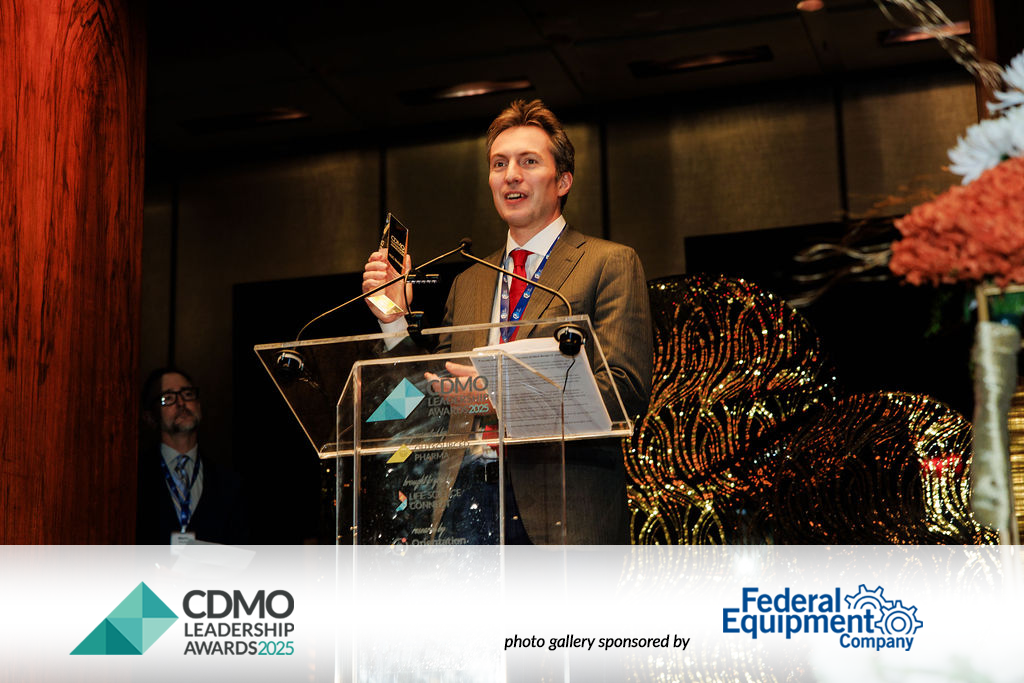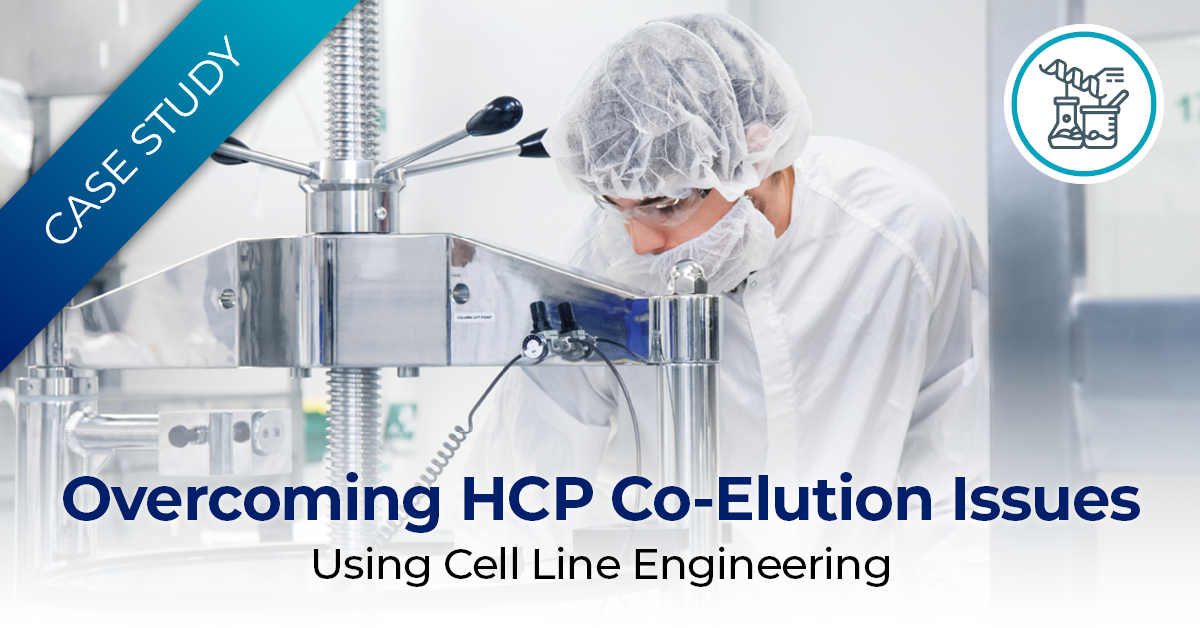2 min read
Comparing Antibody Purification Methods: Protein A vs. Resin
Nick McDonald February 24, 2023 at 12:18 PM

Resin-based purification and protein A membrane purification are both commonly used methods for purifying proteins and antibodies, but they have distinct differences in terms of specificity, selectivity, purity, yield, cost, and time required.
Specificity and selectivity: Resin-based purification offers high specificity and selectivity as it allows for the use of specific ligands such as antibodies, Protein A, G, L etc., that bind to specific regions of the protein of interest. This allows for the purification of a specific protein or antibody from a complex mixture. On the other hand, protein A membrane purification is based on the binding of the FC region of antibodies, which is less specific than resin-based purification.
Purity and yield: Both methods can achieve high purity and yield, but resin-based purification may have an edge over protein A membrane purification in terms of the purity. Resin-based purification allows for multiple rounds of washing and elution, which can further increase the purity of the protein or antibody. Additionally, resin-based purification allows for the use of different resins and ligands to optimize the purification process.
Cost and time: Protein A membrane purification is generally less expensive and faster than resin-based purification. Protein A membrane purification does not require the use of specific resins or ligands, and the process can be easily scaled up to purify large quantities of protein or antibody. Resin-based purification, on the other hand, requires the use of specific resins and ligands, which can be costly and time-consuming.
Examples of proteins and antibodies that are commonly purified using each method: Resin-based purification is commonly used to purify a wide range of proteins and antibodies, such as antibodies, enzymes, and growth factors. Protein A membrane purification is most commonly used to purify antibodies, particularly monoclonal antibodies.
Recent advances: In resin-based purification, new resins and ligands are being developed to improve the specificity, selectivity, and yield of the purification process. Additionally, techniques such as Affinity Chromatography and size exclusion chromatography (SEC) are being combined to increase the specificity, selectivity and yield. In protein A membrane purification, there is a trend towards using immobilized protein A ligands, which reduces the cost and increases the reusability of the membrane. Additionally, new methods such as protein A bead-based purification are being developed which are more cost-effective and have higher binding capacity.
In some cases, CDMOs are turning to Protein A to help developers get their products to market in a more cost-effective and time-efficient manner. One such example is AGC Biologics, which recently partnered with W.L. GORE to provide one of the industry’s first tech-and-CDMO partnerships utilizing protein A membrane purification in partnership with a global manufacturing network.
Have questions about what the best choice for your project is? Reach out to us today.



